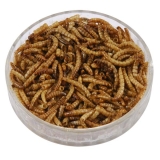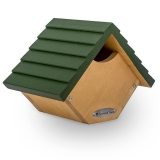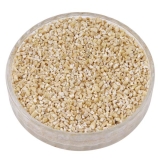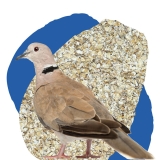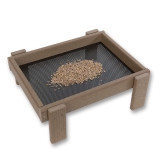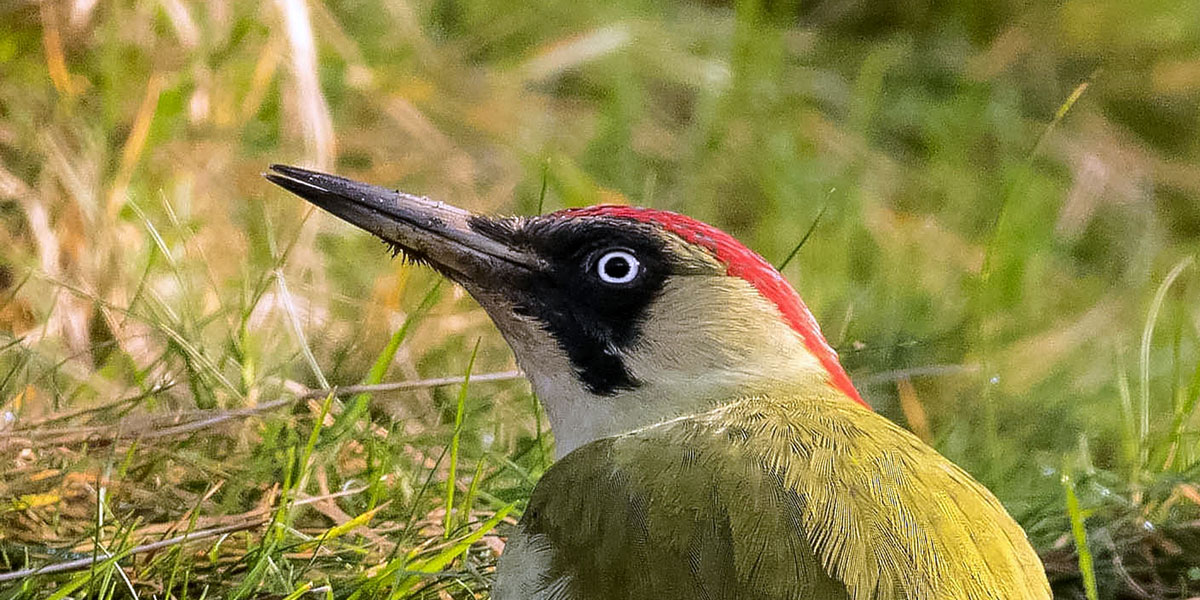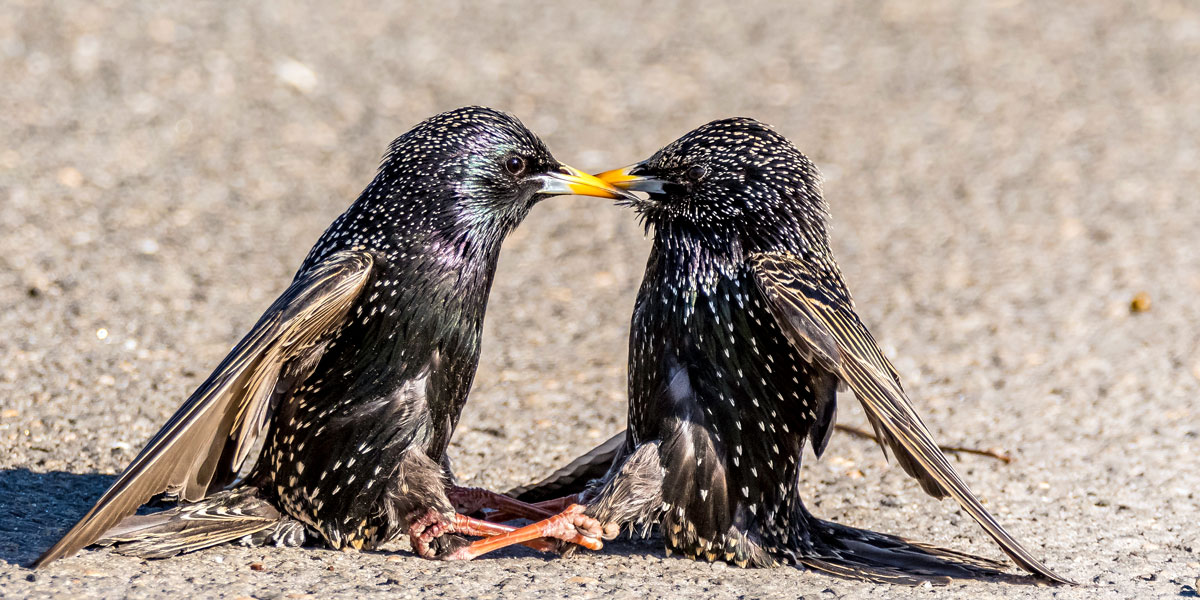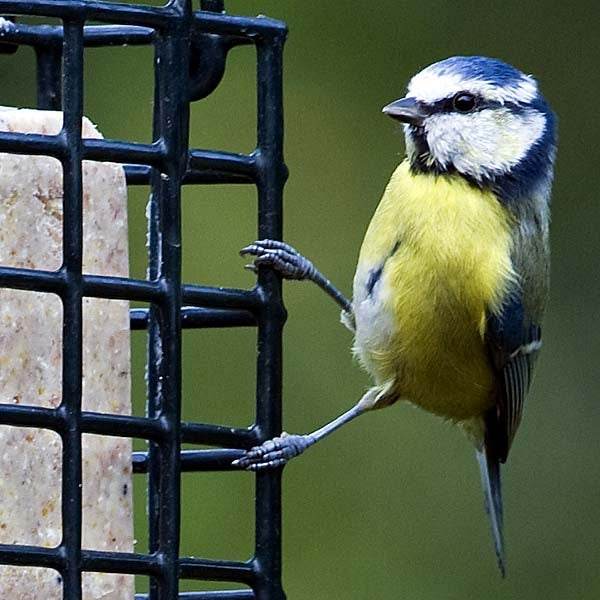Explore Our Garden Wildlife Blog
Browse or search by Category or Keyword below, alternatively click on any Tag to see related articles.
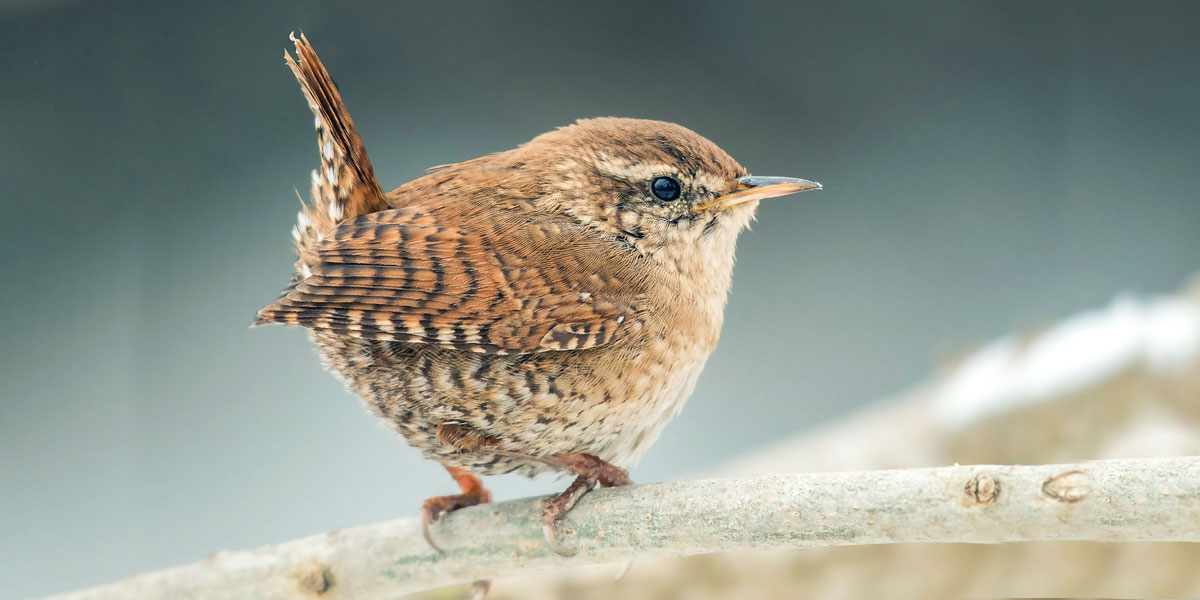

Wren Birds UK: Food, Nesting Habits & Facts
By Ark Wildlife
7th September 2022
Last Updated: 4th October 2023
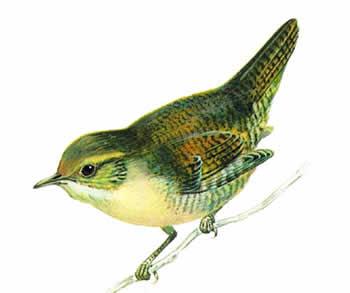
What does a wren look like?
Length: 9cm.
The wren is easily recognised by its small, round, plump shape and its distinctive small chestnut-coloured tail which is almost continuously cocked up. Its brown colouration is paler on the under parts. It has dense dark bars on its wings, flanks and tail. The young are like the adults but have fewer bars.
The wren is lively and is constantly on the move. It hunts for insects among leaves on the ground, in cracks in bark of trees. It sometimes flies for a short distance in pursuit of its prey. Its flight is direct and it launches itself with powerful wing-beats. They live alone or in pairs during the nesting season. During courtship it fans out its wings and tail.
How long do wrens live?
On average, wrens live for two years, but some can live for significantly longer – with the longest recorded life for a wren at seven years.
What food do wrens eat?
In the wild, wrens will eat insects such as beetles, spiders, and they’ll even eat tadpoles. If you want to supplement their diet, wrens will eat live foods such as live mealworms and high-quality seed mixes. Make sure you scatter the food low as wrens may not come to bird tables. You can watch the wrens darting about quickly on the ground, feeding from ground feeders. You can also provide a ground bird feeder cage to keep them safe from larger predators.
Wren bird song – what does a wren sound like?
They emit a loud slightly tremulous ‘teet-teet-teet’, or a repeated ‘tee-tee-teech’. Its song is powerful, considering its size, and consists of clear and vigorous trills which are often sustained.
Where and when do wrens nest and breed?
Breeding starts in late April, onwards. It nests in almost any type of hollow or cavity from ground level upwards, but prefers the side of a tree, a steep bank or a wall, up to a height of three metres. The nest is built by the male, as he is often polygamous, he may build a number of nests and install females in them. The nest is a stout dome structure made of leaves, grass and other plant material, which the female lines with feathers.
Five to eight eggs are laid (occasionally up to sixteen). These are glossy white with very fine, dark spots. The female incubates for 14-17 days. Both parents tend the young.
Nest boxes provide a safe, dark corner in your garden where wrens can nest while protected from the elements. Nest boxes can house wrens as they bring up their young and also offers a place where they can sleep in the winter. The apex wren nest box has a wide opening that’s ideal for wrens looking for a safe place to nest.
When do wren’s lay eggs?
Typically speaking, wrens lay their eggs during the month of April. But once hatched, they won’t hang around for long! Wren fledglings will usually only stay in their nest for around 15-20 days.
What do wrens eat?
They eat insects, spiders, seeds and larvae.
Where to feed wrens
Feeder – Not suitable
Table – Covered
Ground – Scatter food near cover
How can you attract wrens to your garden?
Wrens can be a joy to watch in your garden and they’re often quite easy to attract. Firstly, try scattering some mealworms, mealworm bird food mix or oatmeal on the floor in a safe area, such as near trees or bushes.
Leaving out some fresh water is also very important. Wrens are often on the lookout for somewhere safe to take a drink, especially in the summer months. Try placing a water drinker in an accessible and safe spot in your garden.
Wrens will also take a trip to your garden if they think it may be a suitable nesting site. Try siting a wren nest box in an area that is protected by bushes and trees. The next box can be positioned up to a height of three metres off the ground, ensuring it’s still accessible for these little birds.
Do wrens return to the same nest?
Wrens usually chose to return to the same nesting grounds for each breeding season. Some may decide to renovate a previous nest to reuse whilst others will pick a new spot.
Old nests can often get damaged or become unsafe, which is why it’s important for the female to think carefully about where she’d like to nest each year. In fact, male wrens will build around 6-12 nests for the female to choose from!
How common are wrens in the UK?
Very common — there are 11 million pairs, in fact! Wrens topped the list in the latest research into bird populations in the UK as the most common bird.






